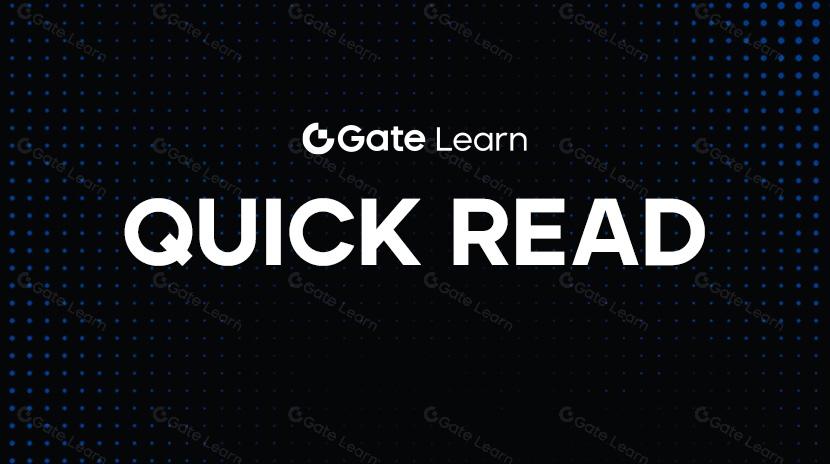Mergulho profundo no KernelDao: A Pedra Angular da Era do Restaking
O que é KernelDao?
KernelDao é uma plataforma Restaking emergente e em rápido crescimento, operando através do Ethereum e BNB Chain. Seu ecossistema é construído em torno de três produtos principais: Kernel - um protocolo de segurança compartilhada, Kelp LRT - um token de restaking líquido (rsETH), e Gain - um cofre de rendimento automatizado. Ao desbloquear a eficiência de capital e reduzir os custos de segurança, o KernelDao tem como objetivo se tornar a infraestrutura fundamental para uma arquitetura de Restaking multi-chain. Este artigo irá guiá-lo através de seu desenvolvimento atual, destaques do produto, economia do token e roteiro futuro.

Imagem:https://kerneldao.com/

Imagem:https://kerneldao.gitbook.io/litepaper
Introdução aos produtos principais: Kernel, Alga LRT e Gain
1. Kernel: Protocolo de segurança compartilhado na cadeia BNB

Imagem:https://kerneldao.gitbook.io/litepaper/kerneldao-ecosystem-core-product-offerings
O Kernel é uma camada de segurança compartilhada implantada na BNB Chain, fornecendo uma garantia de segurança unificada e mecanismo de receita para múltiplas aplicações e redes de verificação.
TVL alcançado excedendo 300 milhões de dólares dos EUA dentro de semanas do lançamento
Integrado com mais de 25 projetos, incluindo Mira Network, 0xBridge, StakeEase, etc.
Para fornecer à rede de validadores (DVN) mais de 10 vezes eficiência de custos
Apoiar os usuários a ganhar recompensas ao re-estacar ativos e desbloquear a liquidez de capital
2. Kelp LRT (rsETH): Token de Reinvestimento de Liquidez na Ethereum

Imagem:https://kerneldao.gitbook.io/litepaper/kerneldao-ecosystem-core-product-offerings
A alga é um dos produtos estrela da KernelDao, e o seu rsETH emitido é o segundo maior LRT (Token de Stake Líquido) na Ethereum.
Atualmente, o TVL atinge 20 bilhões de dólares americanos+
Mais de 400.000 usuários independentes de re-staking
Integrou mais de 50 protocolos DeFi, como Aave, Compound, Balancer, etc.
Alcance liquidez instantânea, risco simplificado e retornos mais altos
3. Ganho: Vault de rendimento automático não custodial

Imagem:https://kerneldao.gitbook.io/litepaper/kerneldao-ecosystem-core-product-offerings
O Gain é uma plataforma de renda automatizada para usuários comuns, integrando estratégias DeFi, CeDeFi e RWA.
Produto carro-chefe agETH (Tesouro de Rendimento de Airdrop): TVL excede 1,5 bilhões de dólares americanos
hgETH (Vault de alto rendimento): TVL atingiu $40 milhões em duas semanas após o lançamento
Fornecer maximização de rendimento com um clique, gerida por uma equipa profissional e pode ser integrada em outros casos de uso DeFi
Mecanismo e Governança do Token $KERNEL
O token nativo do KernelDao $KERNEL é o token unificado para todos os produtos no ecossistema, com múltiplas funções, incluindo governança, staking de segurança, seguro e muito mais.
Fornecimento total: 10 bilhões de moedas
Mecanismo de alocação: 55% alocados para a comunidade e usuários

Imagem:https://chatgpt.com/c/67f77299-0080-8000-bb7f-24e79ad2a0d4
Os casos de uso principais incluem:
Segurança de Staking: O aplicativo pode usar $KERNEL para fornecer segurança econômica
Reduzir o seguro: Um fundo para evitar perdas em eventos de slashing
Votação de Governança: Decisões-chave e ajustes de parâmetros envolvendo Kernel, Kelp e Gain
Auditoria de Segurança e Arquitetura Técnica
Todos os produtos principais da KernelDao são auditados por várias das principais empresas de auditoria de segurança (como ChainSecurity, SigmaPrime, Bailsec).
Estrutura de Segurança do Kernel: Todas as operações (re-staking, saque) possuem processos rigorosos de verificação.
Design de contrato de algas: A estrutura modular distingue a lógica de depósito, delegação e retirada para minimizar riscos
Segurança de Ganho: Todas as estratégias de cofre passaram por várias rodadas de auditoria e verificação de testes retroativos
Visão e roteiro do KernelDao
KernelDao envisions becoming a multi-chain shared security platform, bridging L1s, L2s, and real-world assets to seamlessly connect DeFi, CeFi, and TradFi.
Planos futuros incluem:
Q2 2025: Testnet do Operador do Kernel
T3 2025: Teste de middleware vai ao ar, Kelp se expande para mais L2
Q4 2025: Obter suporte do Tesouro para BTC e RWA, mecanismos de seguro totalmente abertos e de redução
Conclusão
KernelDao está expandindo o Restaking do Ethereum para um ecossistema mais amplo, e seu portfólio de produtos exclusivo constitui uma infraestrutura DeFi competitiva. Seja você um usuário regular, desenvolvedor ou participante institucional, o KernelDao oferece uma solução que equilibra liquidez, segurança e retorno.
Artigos Relacionados
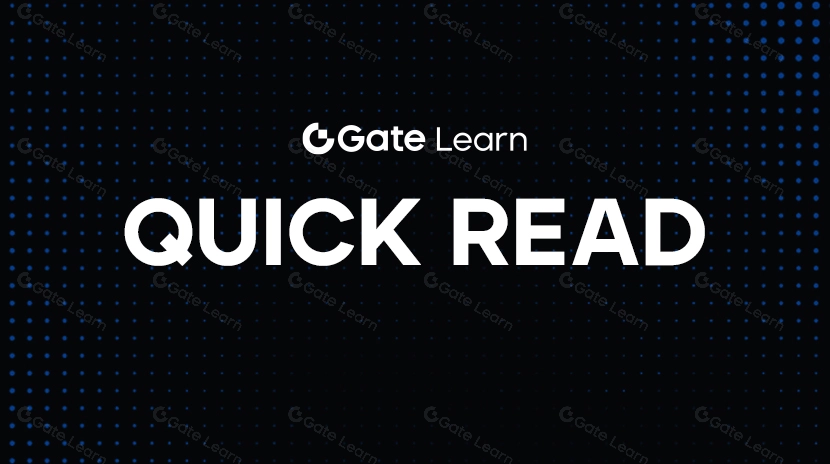
Analisando o Hack do Bybit Usando o Ataque Multi-Signature Radiant como Exemplo
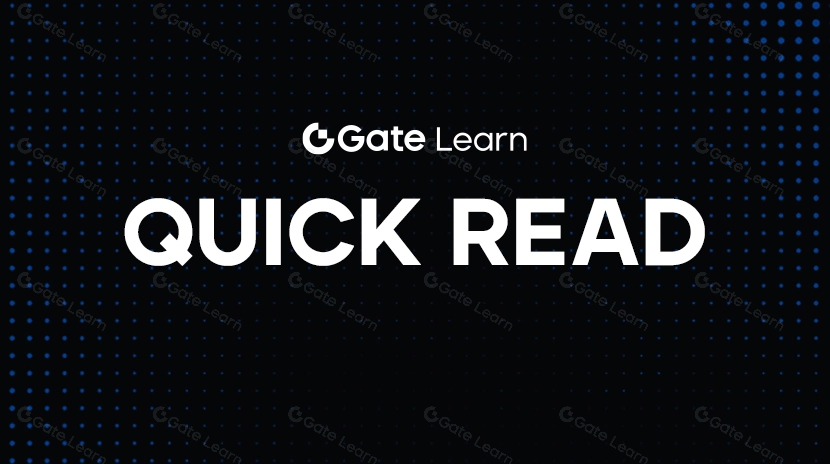
Como Vender Pi Coin: Um Guia para Iniciantes
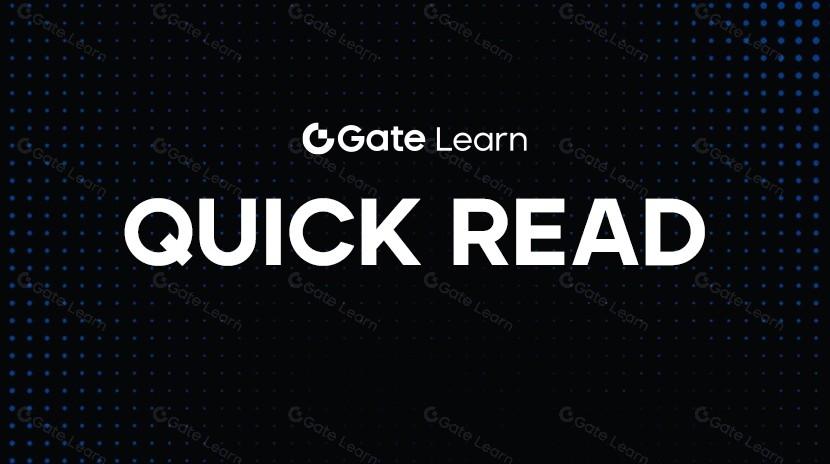
O que é BOB (Build On BNB)
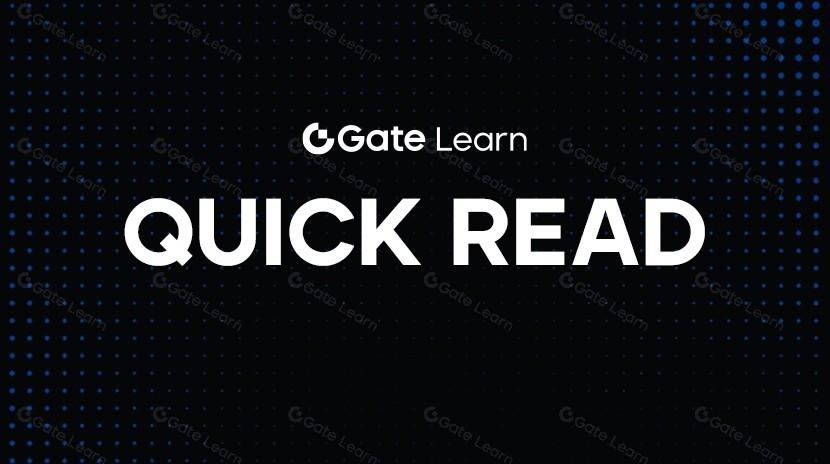
Pippin: Uma nova exploração do framework de IA integrado com MEME
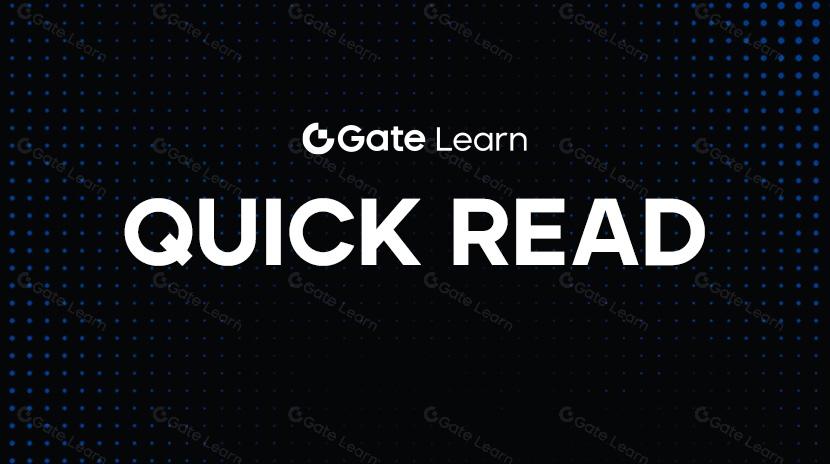
JOGO: O agente de IA 'engine' do ecossistema Virtuals
